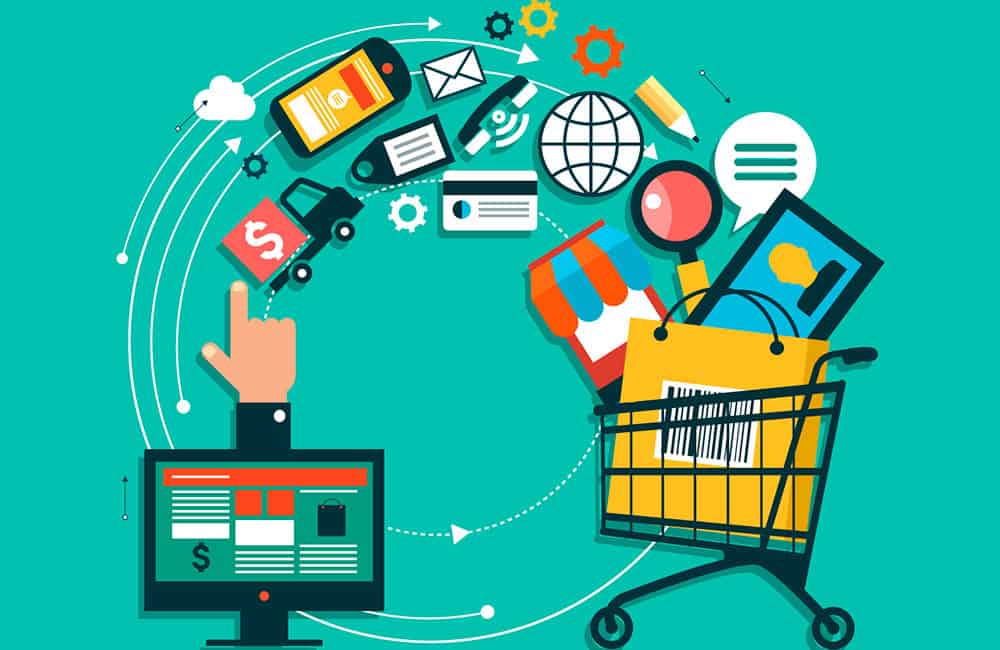
2020 was a year people looked forward with greater expectations, a year in which innovative technologies would be introduced and a lot of new job opportunities were predicted for the younger generations. But barely halfway through, people are hoping it becomes 2021 already, because there is nothing to look forward to except for a vaccination against the coronavirus or maybe a new Netflix show!
It is also made quite evident that this year has had a profound impact on how people work, shop and live. Every business, small to medium has been affected; people’s lifestyles have changed dramatically, they are forced to sit at home, travel has been restricted, even meeting and greeting people in public has been considered a legal offense. Who would have thought normal human life would change this drastically, in just a year? When it comes to enterprises, there has been a serious and sudden shift to a new normal which carried its own potential risks. However, enterprises around the globe are rising to the challenge in unparalleled ways. Investing ambitiously in innovative technologies, adapting to the new norm and transitioning to flexible working conditions has helped enterprises manage the crises.
For the general public, the period of pandemic, self-isolation, and economic uncertainty has changed the way they behave, how they shop as well as how they entertain themselves. These rapid shifts has made a huge impact on retailers and consumer-packaged-goods companies. Many of the long-term changes in consumer behavior are still being formed, giving companies an opportunity to help shape the Next Normal. The extraordinary demand within certain categories has to a large extent been captured by pure online companies, as a result, everything from online shopping and entertainment to virtual healthcare and conferences has become a necessity rather than a lifestyle.
Throughout isolation and uncertainty, we’ve witnessed how people have swerved from their usual buying patterns. Consumers have shifted their focus from brick-and-mortar shopping to online shopping, with more and more cities going under lock-down, and consumers avoiding public places, businesses are forced to turn their focus to online presence.
Along with big players like Amazon, Flipkart, and Big-basket, local brick and mortar marts have also leveled up their competition. To avoid disruption, brands have started adapting and envisioning to become more flexible to meet the changing needs. Overall, retail websites generated almost 22 billion visits in June 2020, up from 16.07 billion global visits in January 2020. This sudden explosion in website views has not only helped retailers but web application development companies as well, as more traditional retailers adapted digitalization to stay relevant for their customers. The fact that many people shelter at home to avoid crowded stores has resulted in consumers turning to the internet to procure everyday necessities such as groceries or food.
Given the fact that how infectious the coronavirus is, shoppers have raised concerns about the safety of receiving their orders. Experts say that the virus can live on surfaces for three to four hours.
Having said that, the World Health Organization has a different stand. WHO states that it is safe to receive packages from locations with reported COVID cases. Their official statement says the likelihood of an infected person contaminating the package is very low, as the package moves, travels, and is exposed to different climate conditions and temperatures.
It is very unlikely the virus would survive on any purchased item, from the time of package to the time of delivery. The shipping conditions and delays in the supply-chain make it even harder for potential contamination of packages. To add more ground to the statement, the Center for Disease Control and Prevention’s report says that the threat of spreading the virus from products or packages that are shipped over days or weeks at room temperature is very low.